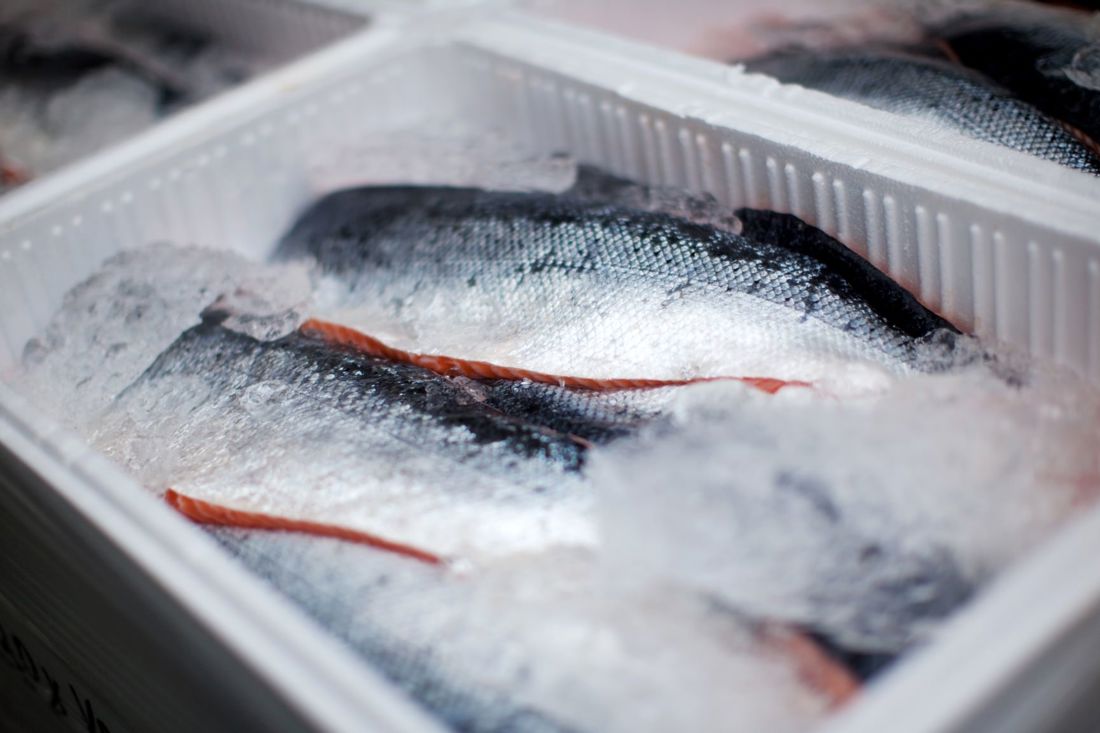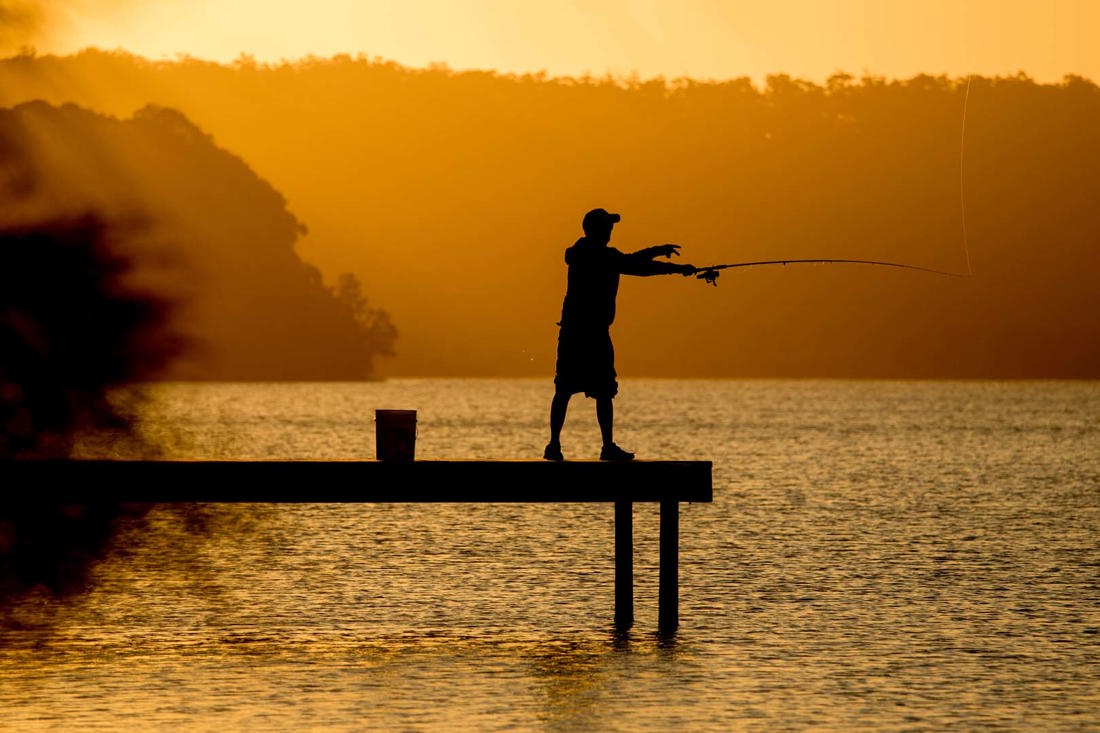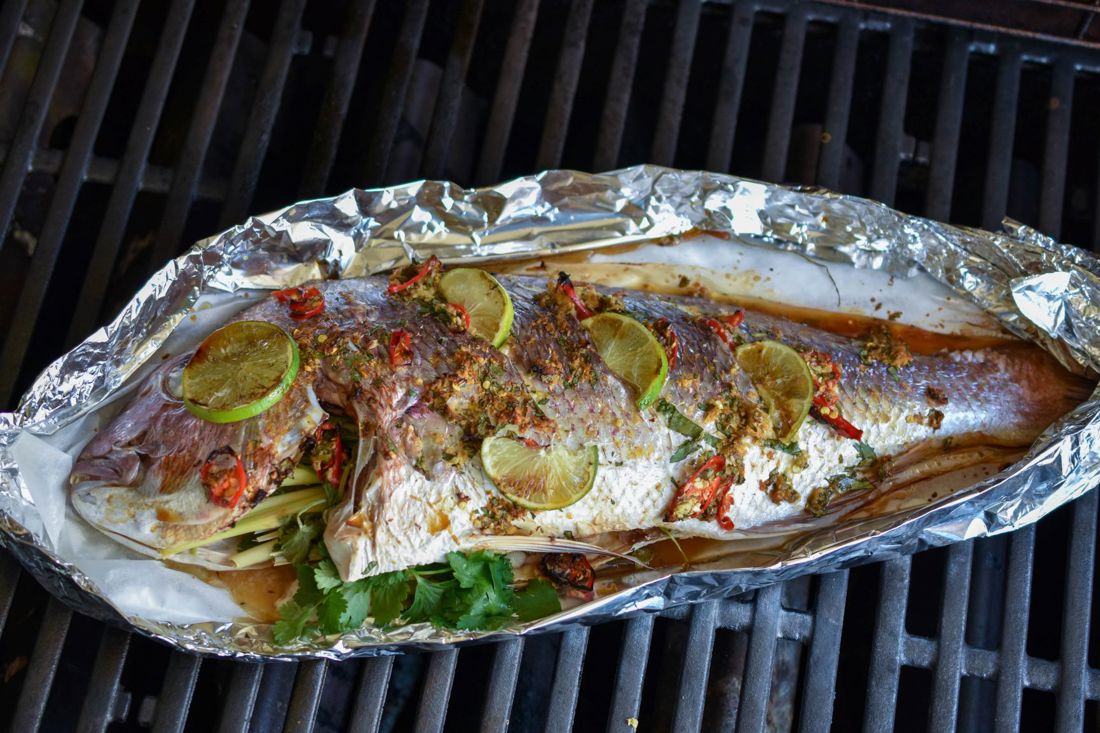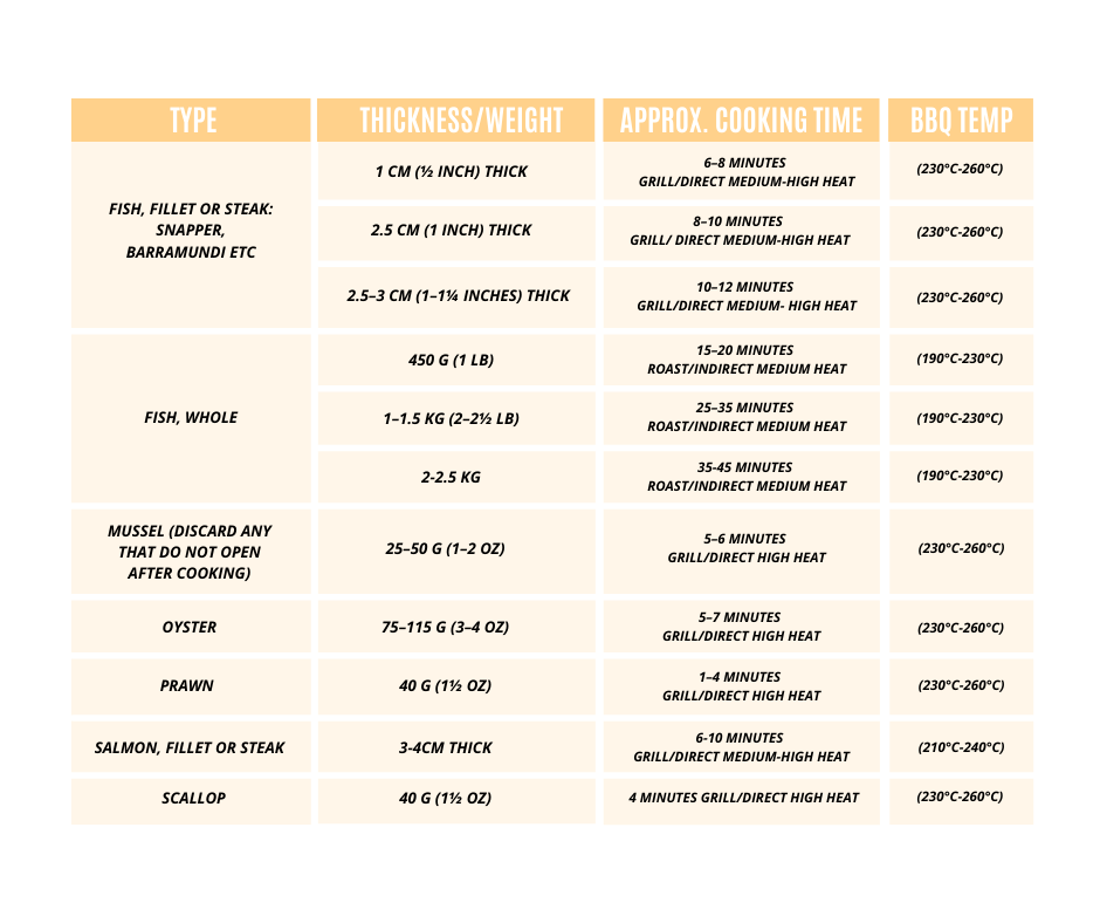
Fresh fish storage and barbecuing tips
For many, holidays and fishing are the ultimate combo.
And if you’ve had a great day out on the water, what you do next will determine how successful it really is.
We've put together these essential tips for fresh fish storage and cooking to help you dish up a flavoursome feast.

Fishing and holidays are the perfect pairing. Location: BIG4 Deniliquin Holiday Park, NSW.
1. Keep fish on ice
If you can’t get to cleaning the fish on the same day that you caught it, keep your catch in an esky filled with ice. However, make sure to drain the esky at intervals to prevent the fish going ‘soggy’ in the melted ice.
It’s worth keeping in mind that fish that are stored at 4°C deteriorate twice as fast as those kept at 0°C (melting point of ice). So, keep your haul on top of the ice and remember to clean it the following day.

An esky is a must-have if there are delays with cleaning your fish.
2. Plan your feast
Make a plan with the fish that you have caught. Clean, prepare, and eat any raw fish you wish to consume sashimi style on the same or following day that it was caught. For any fish species that do not take well to freezing, plan to eat next within the first couple of days. Then, freeze the remaining fish…if there are any!

This is all well and good but it's important to look ahead if the fish are biting. Location: BIG4 Wallaga Lake Holiday Park, NSW.
3. Refrigerate fish properly
Before you put the fish in the freezer, clean, scale, and gut your catch. Dry the fish with paper towel and place the whole fish or fillets onto a plate or container and cover with plastic wrap, or the container lid. Store the fish in the coldest part of the fridge and cook it within two to three days of the catch date.
4. Freeze fish correctly for best results
It is best to clean, scale, and gut fish prior to freezing. Ideally, filleting fish will make it easier to store it in the freezer. This way, it will take up less space and the fillets will freeze quicker and defrost faster when the time comes to cooking.
Place the fish in a good quality, airtight freezer bag – a vacuum seal-style bag is ideal – and remove as much air as possible. For best quality, eat the fish within three months. To help keep track of this, we always recommend that you label and date the fish.
And now the fun part…

Let's help to get your fish to this stage...
5. How to barbecue seafood
Cooking times are affected by such factors as altitude, wind, outside temperature, and how ‘well done’ you like your seafood. So, the following cuts, thicknesses, weights, and barbecuing times in the table below should be viewed as guidelines rather than hard-and-fast rules.
There are two rules of thumb, however:
- Cook fish fillets using the direct method for the time given on the chart, turning once, halfway through cooking.
- Cook whole fish and other thicker cuts using the indirect method.
